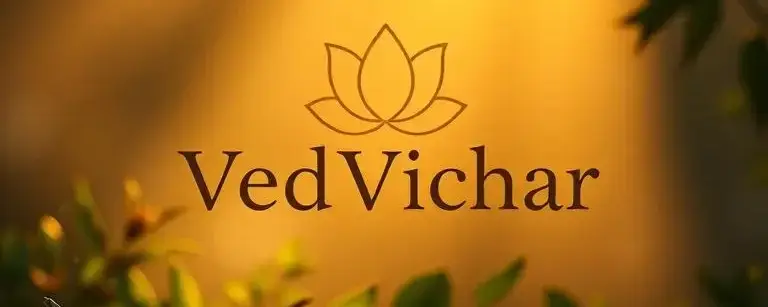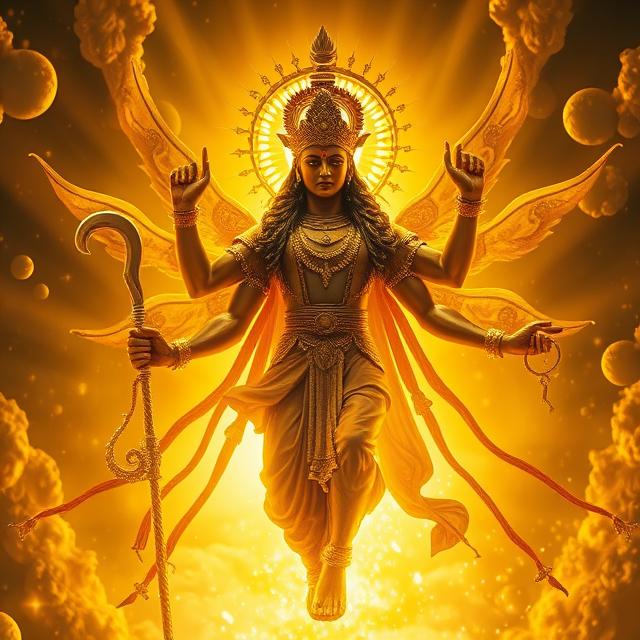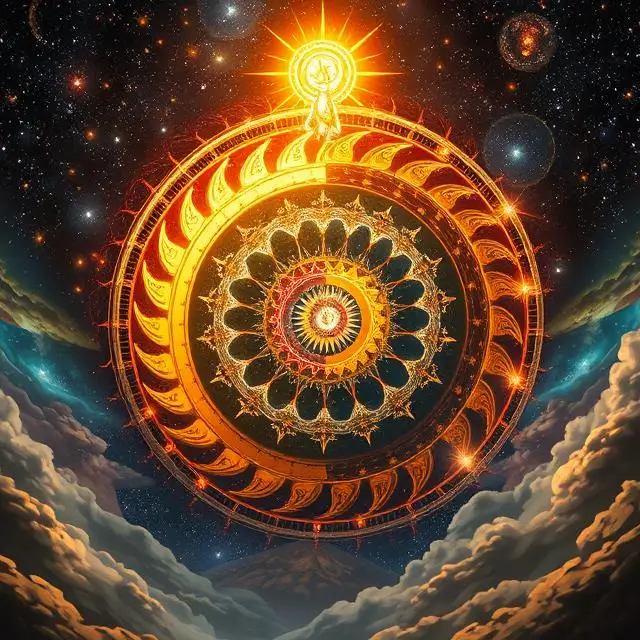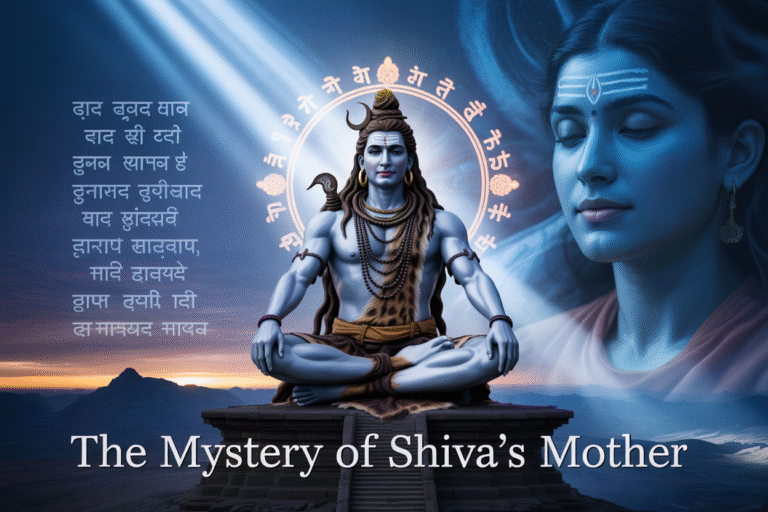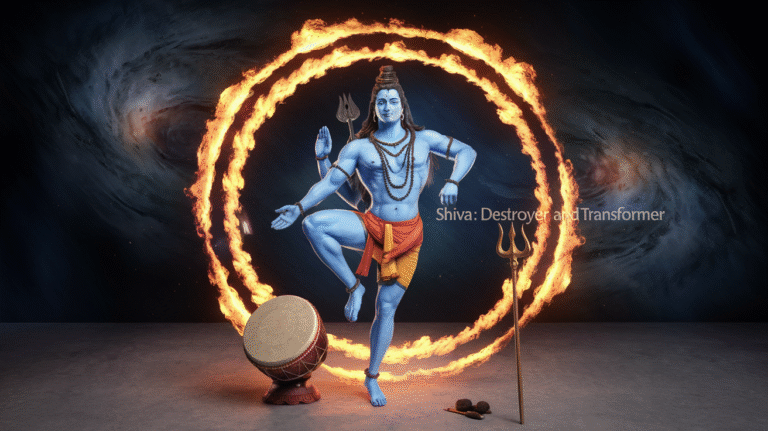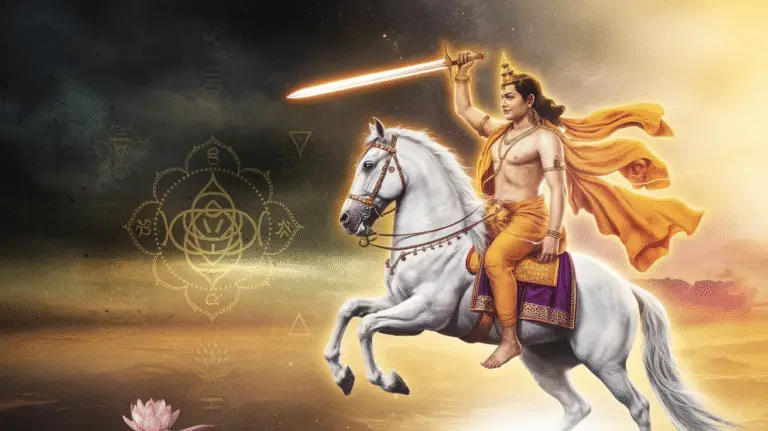Mahabharat Kisne Likhi: The Mystery Behind the Pen of the Great Epic

- Introduction
- The Traditional Belief: Ved Vyasa as the Author
- The Role of Ganesha in Writing Mahabharat
- Alternative Theories on Mahabharat's Authorship
- The Oral Tradition and Multiple Contributors
- Historical Evidence and Scholarly Perspectives
- The Significance of Authorship in Understanding Mahabharat
- Conclusion
Introduction
The question “Mahabharat kisne likhi” (Who wrote the Mahabharat) has intrigued scholars, historians, and literature enthusiasts for centuries. This ancient Indian epic, considered one of the longest poems ever written, holds immense cultural and religious significance. Its authorship has been a subject of debate and speculation, with various theories and beliefs surrounding its origin. In this blog post, we’ll explore the different perspectives on who wrote the Mahabharat and the complexities surrounding its creation.
The Traditional Belief: Ved Vyasa as the Author
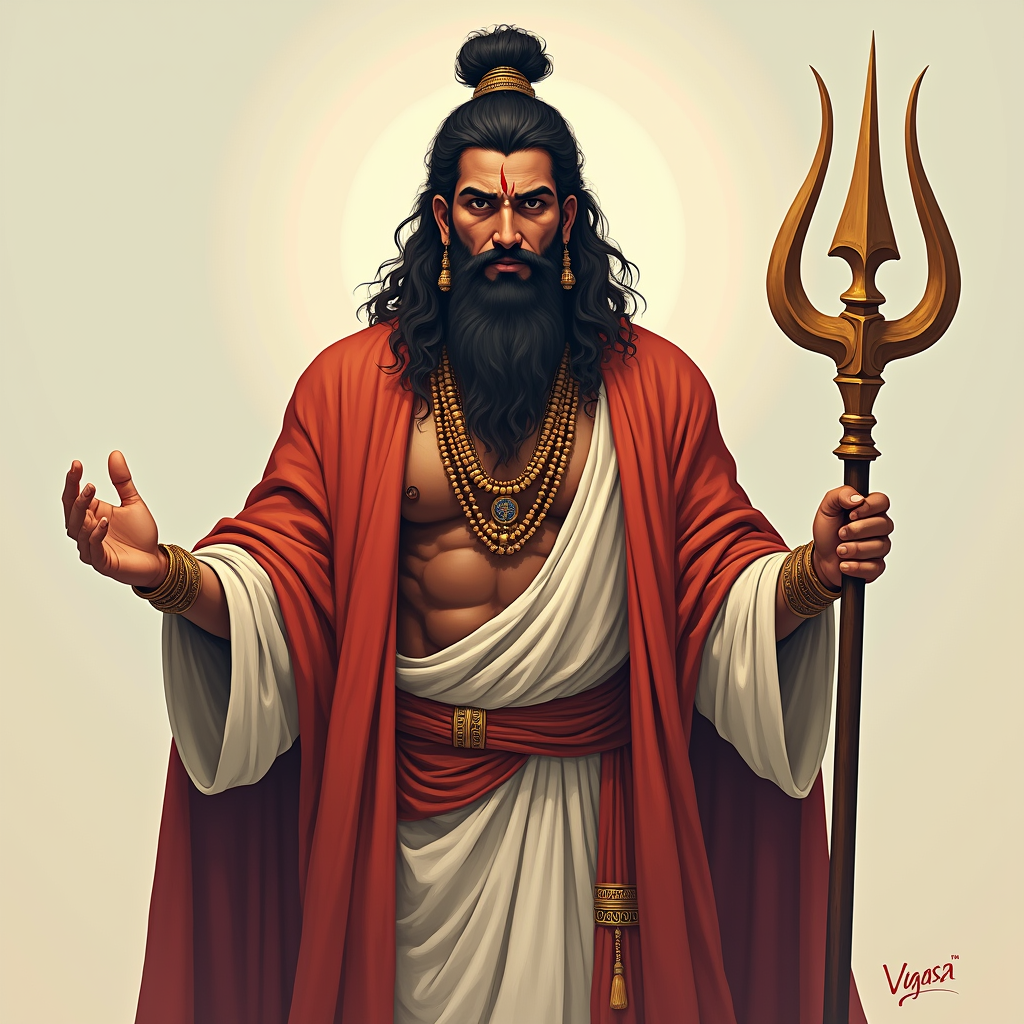
According to traditional Hindu belief, the Mahabharat was composed by the sage Ved Vyasa. The name “Vyasa” itself means “compiler” or “arranger,” suggesting that he may have collected and organized existing stories and traditions into the epic we know today.
Ved Vyasa’s Background
- Vyasa is believed to be a title rather than a personal name
- He is also credited with compiling the Vedas and writing the Puranas
- Traditionally considered to be born of Satyavati and the sage Parashara
Ved Vyasa’s role in the creation of the Mahabharat is not just as an author but also as a character within the story. This unique position adds another layer of complexity to the question of authorship.
The Role of Ganesha in Writing Mahabharat
An interesting aspect of the Mahabharat’s creation story involves Lord Ganesha. According to legend, when Vyasa decided to write the epic, he needed someone to transcribe it as he dictated. Brahma suggested that Ganesha would be the perfect scribe for this task.
The Conditions Set by Ganesha
- Vyasa had to dictate non-stop
- Ganesha would write only if he understood everything
To slow down Ganesha’s writing speed, Vyasa is said to have composed complex verses that required thought and interpretation. This interplay between Vyasa and Ganesha is often cited as a reason for the epic’s depth and complexity.
Alternative Theories on Mahabharat’s Authorship
While Ved Vyasa is traditionally credited as the author, several alternative theories exist regarding who wrote the Mahabharat:
- Multiple Authors Theory: Some scholars argue that the Mahabharat was composed by multiple authors over several centuries.
- Evolutionary Theory: This perspective suggests that the epic evolved from a core story, with additions and modifications made over time by various storytellers and writers.
- Royal Patronage Theory: Some believe that the epic was commissioned by royal patrons and composed by court poets.
- Jain and Buddhist Influences: Certain scholars propose that Jain and Buddhist writers may have contributed to or influenced parts of the Mahabharat.
The Oral Tradition and Multiple Contributors
The Mahabharat, like many ancient epics, was initially part of an oral tradition before being written down. This oral heritage complicates the question of authorship:
- Stories were passed down through generations of bards and storytellers
- Each narrator might have added their own interpretations or regional variations
- The epic likely incorporated local legends and historical events over time
This oral tradition suggests that while Ved Vyasa may have been the primary compiler, the Mahabharat as we know it today is the result of countless contributors over centuries.
Historical Evidence and Scholarly Perspectives
Modern scholars have attempted to analyze the Mahabharat’s authorship through various lenses:
Textual Analysis
- Linguistic studies of the text reveal multiple layers and styles
- Different sections show varying levels of complexity and vocabulary
Archaeological Evidence
- Archaeological findings have been used to date certain events in the epic
- Some scholars correlate these findings with potential periods of composition
Comparative Mythology
- Similarities with other ancient epics suggest possible cultural exchanges
- Scholars have drawn parallels with Greek and Mesopotamian literature
The Significance of Authorship in Understanding Mahabharat
The question “Mahabharat kisne likhi” goes beyond mere curiosity about its creator. Understanding the authorship provides insights into:
- The historical context of the epic’s creation
- The cultural and social norms of the time
- The evolution of Hindu philosophy and thought
- The development of Sanskrit literature
Moreover, the authorship debate encourages a deeper analysis of the text, its themes, and its relevance to contemporary society.
Conclusion
The question “Mahabharat kisne likhi” remains a complex and fascinating topic. While tradition attributes the authorship to Ved Vyasa, the epic’s vast scope, intricate narratives, and historical evolution suggest a more nuanced answer. The Mahabharat, in its current form, is likely the result of centuries of storytelling, compilation, and refinement by numerous contributors.
Whether viewed as the work of a single visionary sage or the collective effort of generations, the Mahabharat continues to captivate and inspire. Its enduring relevance lies not just in its authorship but in its profound exploration of human nature, duty, and the eternal questions of right and wrong.
As we continue to study and interpret this monumental work, we gain not only insights into ancient Indian culture but also valuable perspectives on our own lives and societies. The mystery of who wrote the Mahabharat may never be fully resolved, but the epic’s wisdom and teachings remain a testament to the rich literary and philosophical heritage of India.
